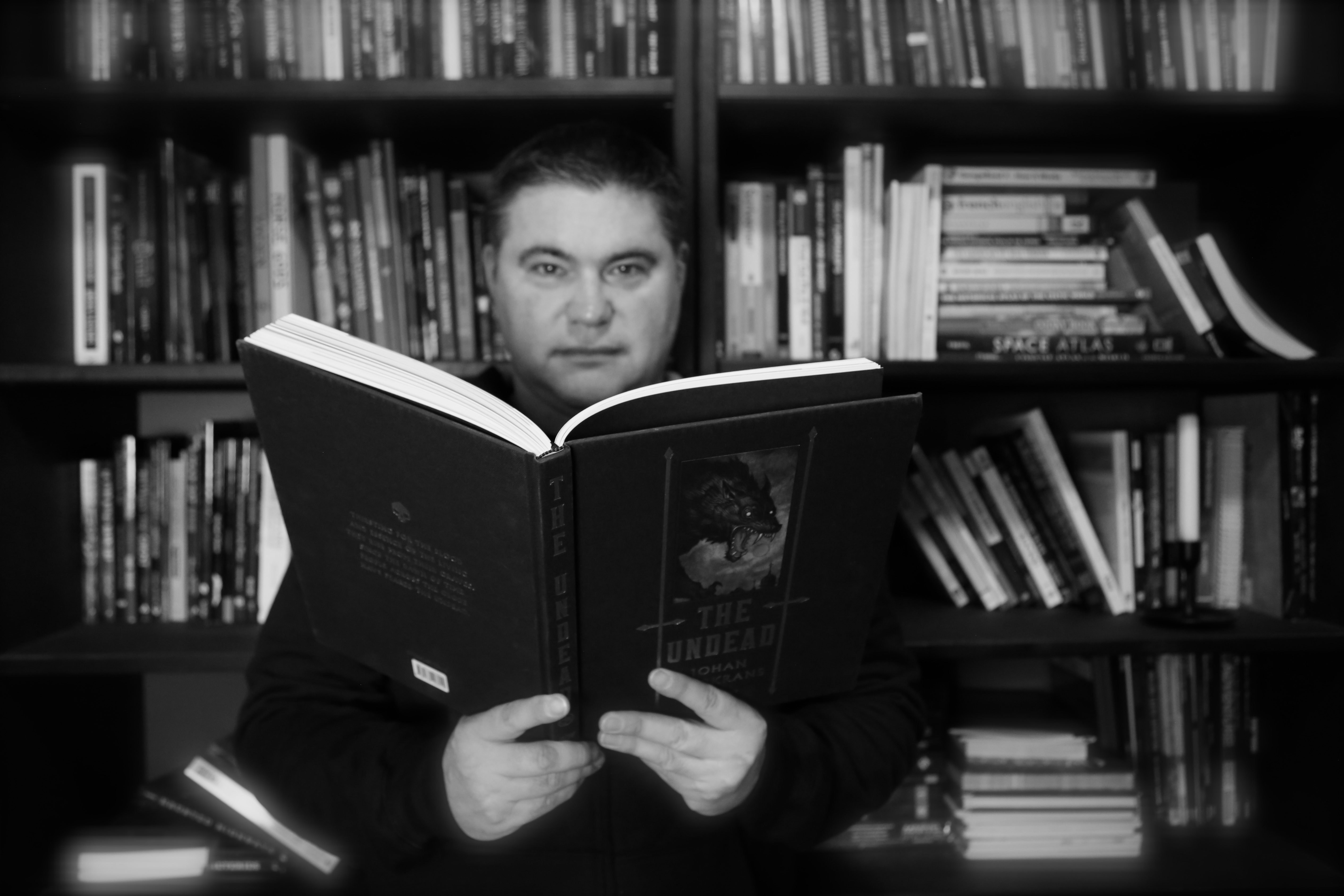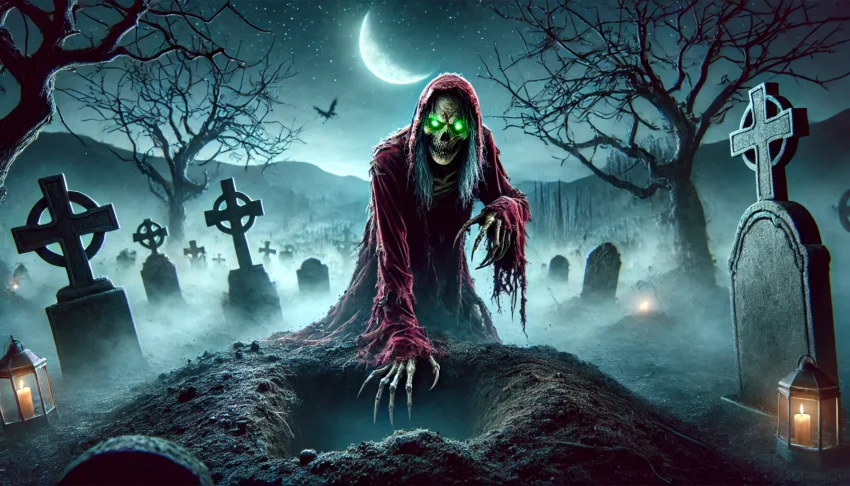
Strigoi | The Original Vampire
The strigoi is a figure from Romanian folklore. It’s often considered a precursor to the modern vampire. Their legends carry a blend of cultural fears about the death, the afterlife, and revenge on the living.
Get the strigoi scoop after the jump.
Romanians have a folktale that tells the tragic tale of a village struck by a strigoi. Let’s read the story of Maricica.
❦ The Tale of Maricica, the Strigoi Bride ❦
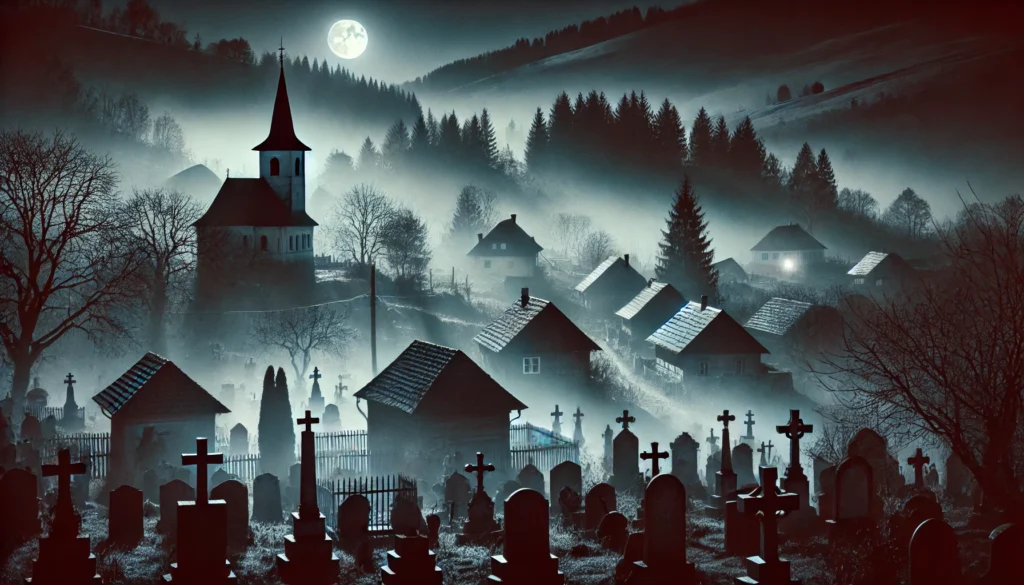
In a village nestled in the Carpathian Mountains, a boy and girl fell in love over 300 years ago …
Maricica was a beautiful young woman with fiery red hair and piercing green eyes. From birth, she was considered “different.” She was born with a caul over her head—a sign in the village that she was destined for misfortune or worse, to become a strigoi. Despite whispers and suspicions, she grew up loved by her parents and later became engaged to a handsome young shepherd, Andrei.
On the eve of their wedding, tragedy struck. Maricica fell ill and died suddenly. Her death left Andrei devastated, but the villagers grew wary. Her sudden demise, combined with her unusual birth, fueled their fears. Some whispered that she would not stay in her grave.
Days after Maricica’s burial, strange events unfolded. Livestock were found dead, their blood drained, and villagers reported seeing a shadowy figure with fiery hair prowling the village at night. Andrei, unable to sleep, swore he heard Maricica calling his name outside his window.
The priest and elders suspected the truth: Maricica had risen as a strigoi.
Terrified, the villagers convinced Andrei to exhume Maricica’s body. They dug up her grave by torchlight, chanting prayers. When they opened her coffin, they gasped. Her body was intact, her skin flushed, and her nails had grown long and sharp. Fresh blood stained her lips.
The priest declared her a strigoi. The villagers debated what to do. Some wanted to burn her; others insisted on driving a stake through her heart.
Andrei, still in love with Maricica, begged for a chance to save her soul. The priest relented and agreed to perform a special ritual to banish the curse. At midnight, they pierced her heart with an iron nail, placed garlic in her mouth, and sprinkled holy water over her body. The coffin was resealed, and her grave was sanctified.
That night, Andrei dreamed of Maricica, standing in her wedding dress, her eyes filled with sorrow. She whispered, “You’ve freed me, but you’ve cursed yourself.” When Andrei woke, he found scratches on his window frame and the faint scent of roses, Maricica’s favorite flower.
Though the hauntings ceased, Andrei was never the same. He withdrew from the village, spending his days tending his flock far from others. The tale of Maricica the Strigoi Bride became a cautionary story, warning villagers about the dangers of neglecting funeral rites and the power of love even after death.
Strigoi Origin & Characteristics
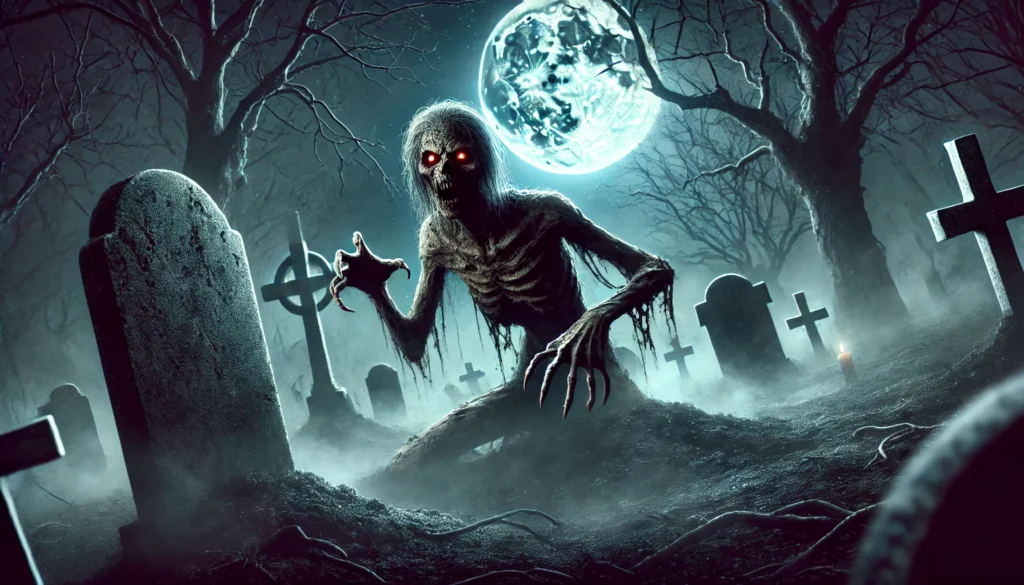
Strigoi probably comes from the Latin word, strix. That means an owl or witch, which were evil entities in the ancient Roman era.
In folklore, strigoi have two forms, a living strigoi and a dead strigoi.
The living strigoi have certain characteristics:
- Born with a caul over their head
- A twin died in utero or before adulthood
- Shapeshift into a wolf, bat or rats
- Leave their bodies to torment others (they may not be able to control this power)
As for the dead strigoi, a corpse that rises from its grave at night:
- Suffered from improper burial rites
- Unresolved crimes committed against others
- Lived in sin
- Feed on the life force of others (not necessarily blood) to regenerate
All strigoi have distinct behaviors that can identify them:
- Only active at night
- Feed on cattle or people
- Target their family members to create generational fear and/or curses
Signs and Causes
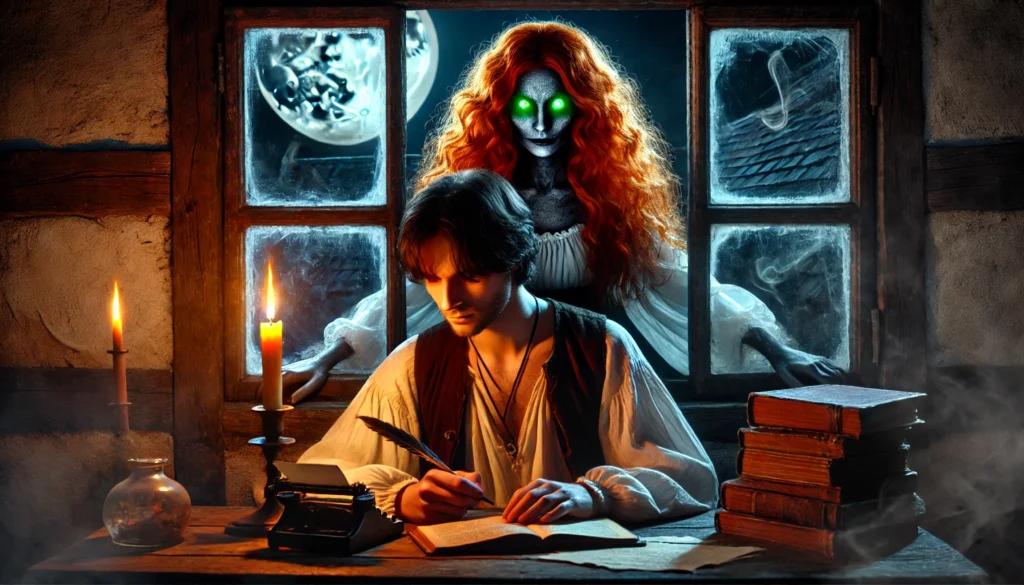
In general, it’s pretty clear if someone will become a strigoi. If any of these events happen, you may become a half-dead monster:
- Being born with a caul (amniotic sac covers your face when born)
- Dying without receiving proper funeral rites or being unbaptized
- Committing grave sins like murder
- Being cursed in life
- Being the seventh child of the same gender in a family
How To Stop Strigoi
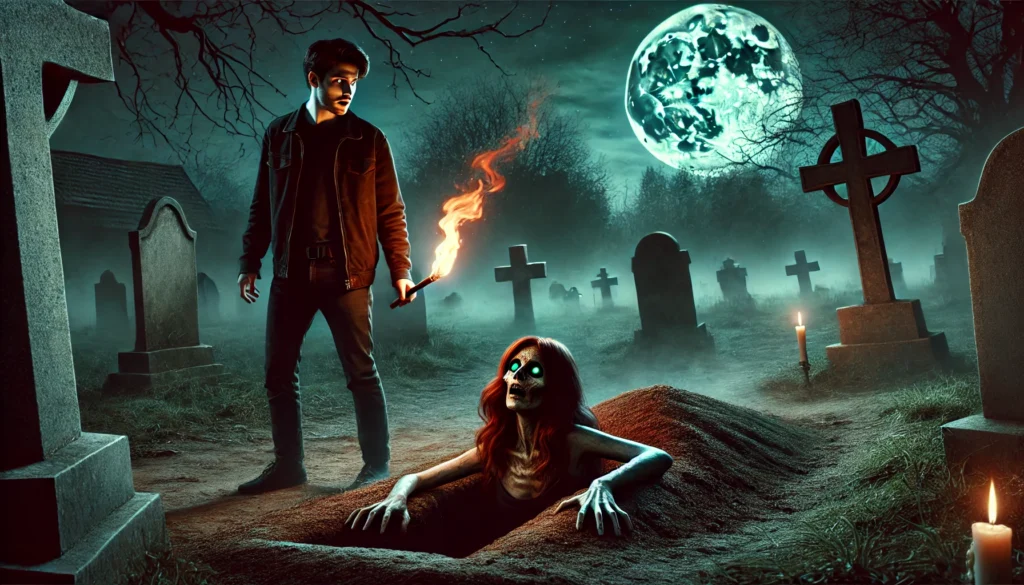
There are quite a few practical ways to stop strigoi. But they all come with some major ick factor. Prevention is the best way. However, sometimes you’ve got to dig up the body. Let’s have a look at the best ways to take out one of these bloodsuckers.
Preventative Measures:
- Burying the dead with specific rituals, like placing garlic in their mouths, sewing their burial shrouds shut, or using iron stakes to pin the body to the ground
- Turning the corpse face down or severing the head to prevent the strigoi from leaving the grave
- Placing objects like crosses, thorns, or coins over the body to keep it bound
Exhumation and Destruction:
If someone thinks a (dead) person might be a strigoi, they could dig up the body to check for signs like an undecomposed corpse or fresh blood on the lips. In extreme cases, they could burn the body or remove and destroy the heart.
Modern Interpretations
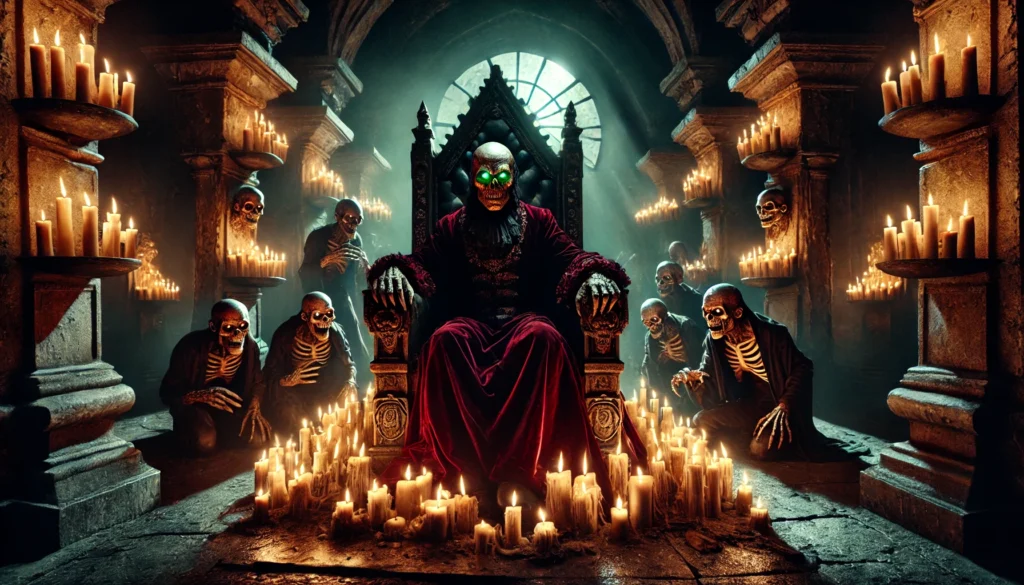
Strigoi has inspired countless fictional portrayals of vampires, witches, and undead creatures. Bram Stoker’s Dracula, while not a direct adaptation, was influenced by Eastern European vampire lore.
You might recognize them in hit shows like The Strain (by Guillermo del Toro) and Richelle Mead’s Vampire Academy series of books.
So, go forth, find a frightening book or show, pop the popcorn, and settle in for a spooky night of suspenseful strigoi stories.
Sources
Books:
Barber, Paul. Vampires, Burial, and Death: Folklore and Reality. Yale University Press, 1988.
Dundes, Alan, editor. The Vampire: A Casebook. University of Wisconsin Press, 1998.
Cultural and Historical Studies:
Brăiloiu, Constantin. Romanian Folklore and Mythology. Romanian Academy of Sciences, 1954.
Marian, Simeon Florea. Legends and Beliefs in Romanian Culture. Romanian Folklore Institute, 1899.
Encyclopedias:
Bane, Theresa. Encyclopedia of Vampire Mythology. McFarland & Company, 2010.
Academic Articles:
“Strigoi and Romanian Vampiric Traditions.” Journal of Folklore Research, vol. 42, no. 3, 2005, pp. 245–267. JSTOR, www.jstor.org.
Online Sources:
Romanian Cultural Institute. “Strigoi: Romanian Vampires and Folklore.” Cultural Perspectives on Eastern European Legends, 2020, www.icr.ro.
The Bite Staff. “Vampires in Romania: Strigoi and Nosferatu.” The Bite, American International School of Bucharest, 31 Oct. 2022, https://thebite.aisb.ro/vampires-in-romania/.
Last updated on December 4, 2024 by Jacob Rice
Discover more from Ghostly Activities
Subscribe to get the latest posts sent to your email.
